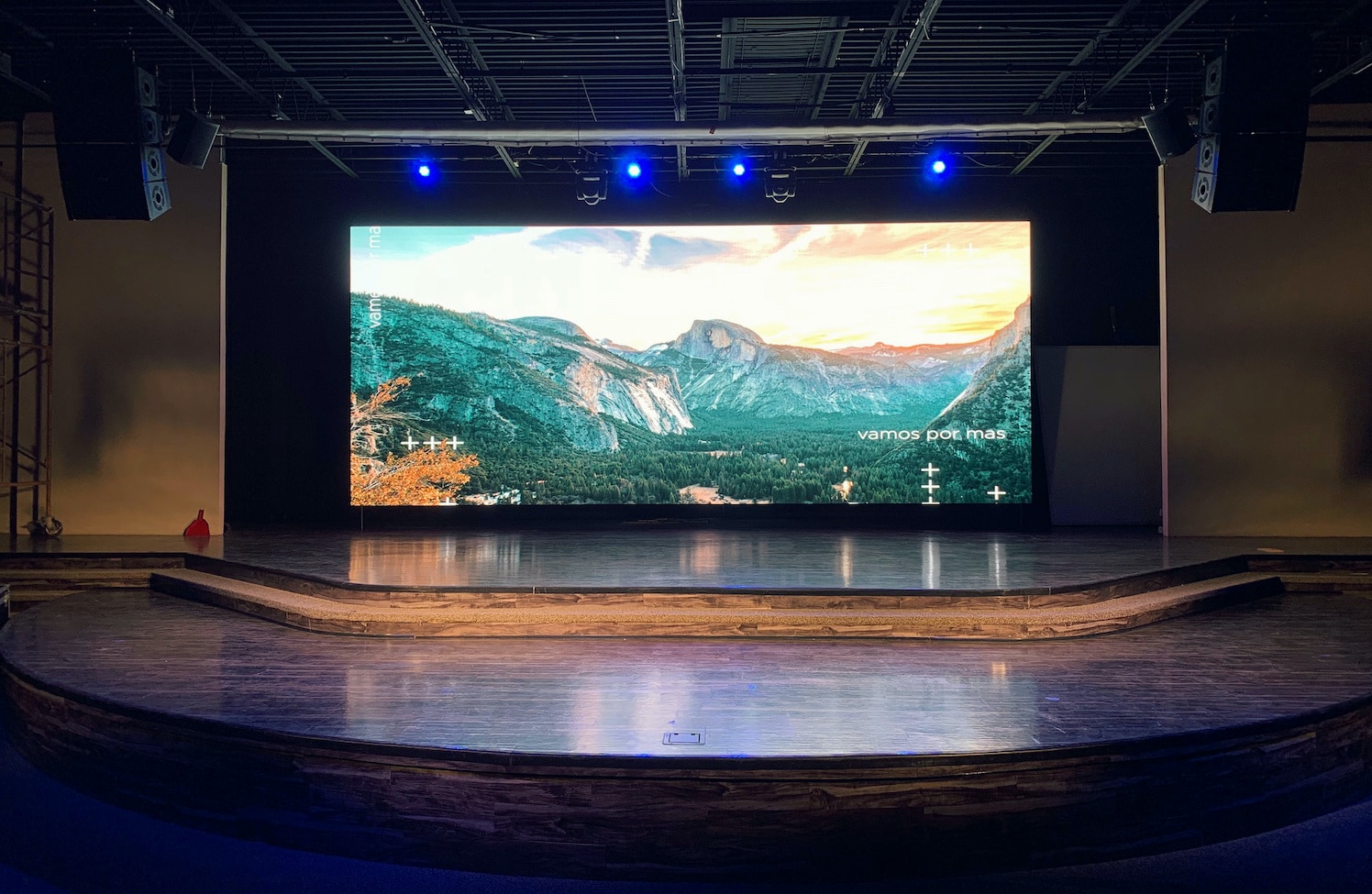Examining the Essential Factors That Affect Brightness in Light Emitting Diode Display Panels
Examining the Essential Factors That Affect Brightness in Light Emitting Diode Display Panels
Blog Article
Light Emitting Diode panel panels are increasingly favored for and promotion and leisure due to their luminous and vibrant displays. Understanding the factors that influence the luminosity of these panels is essential for producers and buyers alike. Luminosity is typically measured in nits, which indicates how much illumination is produced from the area of the panel. Several key factors contribute to the overall luminosity, including the kind of Light Emitting Diode used, the caliber of the panel materials, and the energy supplied to the panel.
The type of Light Emitting Diode chip used in a wall screen plays a significant role in its brightness. Various LEDs produce differing levels of lumens, which gauge the amount of light visible to the human eye. Premium components, such as those made using advanced technology, can generate brighter illumination with greater efficiency. Furthermore, the color tone of the LED also influences perceived luminosity. For instance, cooler color temperatures (higher K values) can appear more luminous than hotter ones, even at the same light output rating. This feature is important for uses where visibility is important, such as in outdoor advertising.
The substances used in the construction of Light Emitting Diode wall screens also influence their luminosity. The type of substrate and encapsulation materials can influence how much light is conducted versus how much is absorbed or dispersed. For example, a panel made with premium optical material will allow more illumination to pass through than one made with lower-grade materials. Additionally, the configuration of the panel, including its depth and the arrangement of the LEDs, can improve or diminish luminosity by affecting how illumination is distributed across the screen.
The energy supply provided to the Light Emitting Diode wall panels is another critical element in determining brightness. Each Light Emitting Diode chip has a particular voltage and electric flow need for optimal functioning. If the power source falls short, the brightness of the screen will diminish. Conversely, supplying too much power can lead to excessive heat and reduced durability of the LEDs. Therefore, ensuring a stable and adequate energy supply is crucial for achieving uniform brightness read levels. This is especially important in dynamic screens, where brightness may need to be modified for different illumination conditions.
Lastly, environmental elements can affect how brightness is perceived. Surrounding light conditions play a major role in how luminous an LED panel panel appears. In luminous sunlight, for example, a panel with a reduced luminosity level may struggle to be visible clearly, while a higher-brightness screen can be prominent more effectively. Additionally, the perspective from which the panel is observed can you can try these out influence brightness appearance due to how illumination bounces off surfaces. Understanding these elements helps consumers select the right LED panel panel for their requirements and ensures that producers produce products that meet luminosity expectations for different applications.